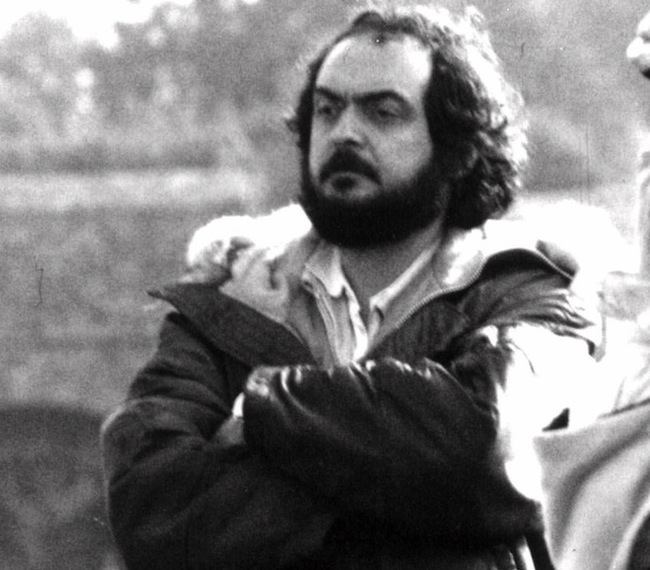HOW did Stanley Kubrick like his French toast? Thankfully, the director left clear instructions:
You must understand that without the French toast I am no good to the cast and crew. And I will not eat the French toast if it is not prepared the right way. If I do not eat the French toast, my blood sugar will drop to precariously low levels, and I will be groggy and unable to make the necessary split-second decisions a director has to make in order for a film to be successful. Therefore, it is essential that you understand something about the French toast: it is not only my breakfast, it is the film. To prepare the French toast in the manner prescribed is to keep the film on time and under budget.
The gentleman before you did not seem to understand this basic concept. The connection was utterly lost on him, which is why he was sacked with extreme prejudice.
He did not also understand that both sides of the French toast must have a crust. You can’t have one side that is crispy and then another side that is soggy. I will not eat a soggy piece of French toast. Therefore, both sides must be equally toasted. The only way to accomplish this is to sear the bread. The heat on the burner must be turned all the way to the right. After dredging the bread through the egg wash (please refer the entry on eggs before attempting this) and wiping away any excess, you must place the bread into the already heated pan, and then wait for exactly 24 seconds. Then flip the bread over, using the approved, Teflon-coated spatula you have been provided with. Wait another 24 seconds, after which you must turn the heat to low. And when I say low, I mean turn the heat all the way down until the flame is but the merest flicker. If the heat is not at it’s absolute lowest, the crust on the French toast will turn a darker shade of brown, almost black, and while it is perfectly acceptable to eat a piece of French toast with slightly blackened crust marks, it is not aesthetically pleasing, at least not to my eye.
Chestnut brown crust marks are an indication that great care has gone into preparing the French toast, and above all, this is what concerns me the most: that you care. You must care about the French toast. If you don’t care about the French toast, then perhaps you don’t care about anything is my train of thought on the matter, and if you don’t care about anything, then working for me doesn’t seem feasible, as I have an insatiable desire to be surrounded by people who care as much as I do. Before I move on to what kind of vanilla extract you should use (as well as the amount [please note that I have found a supplier in Madagascar who is willing to provide me with high-quality vanilla beans, but we are still in negotiations, an affair filled with an unusual amount of sturm und drang. I won’t bore you with the details right now since they have no bearing on the matter at hand, although I will confess that a sticking point in the negotiations seems to be the manufacturer’s delusion that I can set him up with a weekend in Ibiza with Sue Lyon]), I mustn’t forget to tell you that only one type of bread will do in the matter of the French toast.
There is a bakery in Sussex that I have found (through great trial and error, of course) that makes small, crusty loaves which are perfect for making French toast. Not many people know about this bakery, and I would like to keep it this way (please see the confidentiality agreement attached to this memo). I have contacted the owners of this bakery and persuaded them to leave aside three loaves a week for me. My driver will take you to the bakery on Monday morning. You will have to wear a blindfold to and from the bakery. My driver will help you into the car and out of the car, leading you to the front door of the bakery, where my loaves will be ensconced in a paper bag. My driver will put the bag in your hands and you will hold onto the bag for dear life on the drive back to my estate. Normally I would just have my driver pick up the loaves, but my driver has a very obsessive and disturbing relationship with bread. The blindfold will be removed once you are back in the kitchen. Please remove one loaf from the paper bag and set aside the other two.
When cutting the bread, please do not use anything other than a serrated edge. Perhaps now would be a good time to discuss knives.
Ends.
Spotter: McSweeneys
Would you like to support Flashbak?
Please consider making a donation to our site. We don't want to rely on ads to bring you the best of visual culture. You can also support us by signing up to our Mailing List. And you can also follow us on Facebook, Instagram and Twitter. For great art and culture delivered to your door, visit our shop.


